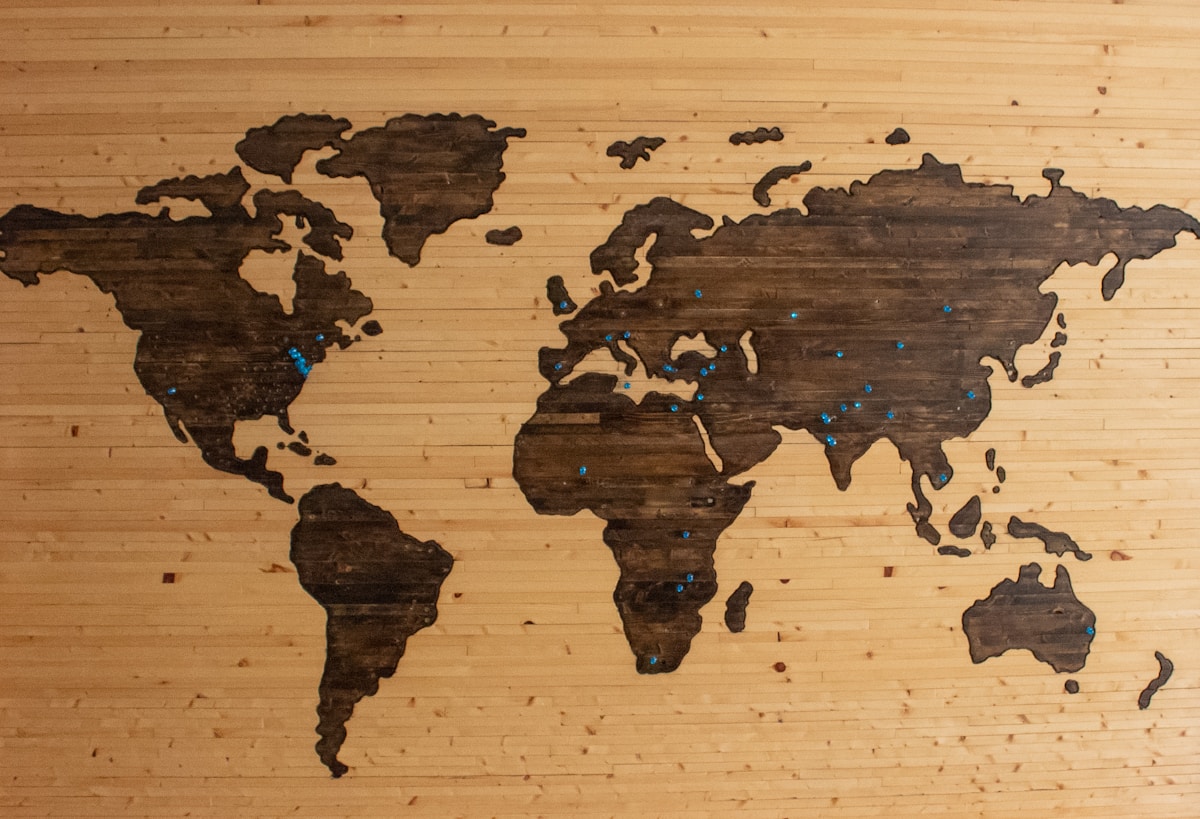WHO Report: One-Third of Women Face Violence Globally - Crisis Ignored
WHO's alarming new report reveals nearly one-third of women worldwide experience partner or sexual violence, calling it a deeply neglected global crisis requiring urgent action.

A shocking new report from the World Health Organization (WHO) has revealed that nearly one-third of women worldwide have experienced intimate partner violence or sexual violence, highlighting what the UN agency describes as 'a deeply neglected crisis' that demands immediate global attention.
Staggering Global Statistics Reveal Systemic Problem
The comprehensive WHO study presents disturbing evidence of widespread violence against women and girls across all regions, socioeconomic backgrounds, and cultural contexts. The data indicates that approximately 736 million women - nearly one in three - have been subjected to physical or sexual violence by an intimate partner or sexual violence by a non-partner at some point in their lives.
This prevalence rate has remained stubbornly high despite decades of advocacy and policy interventions, suggesting that current approaches to addressing gender-based violence are insufficient to tackle the scale and complexity of the problem.
Geopolitical Implications and Regional Variations
The WHO findings reveal significant regional disparities in violence rates, with certain geographic areas showing particularly alarming statistics. These variations often correlate with broader geopolitical factors including conflict zones, weak governance structures, economic instability, and cultural norms that perpetuate gender inequality.
Countries experiencing ongoing conflicts or post-conflict reconstruction face elevated rates of gender-based violence, as weakened institutions and social disruption create environments where such violence can flourish with impunity. The data underscores how geopolitical instability directly impacts women's safety and security worldwide.
Economic and Social Consequences
Beyond the immediate human rights implications, the WHO report highlights the enormous economic costs of violence against women. Healthcare systems bear significant burdens treating physical and psychological trauma, while productivity losses from absenteeism and reduced workforce participation create substantial economic drains on national economies.
The intergenerational effects are equally concerning, as children exposed to domestic violence face higher risks of perpetuating cycles of abuse, creating long-term social stability challenges that extend far beyond individual families to entire communities and nations.
International Response and Policy Challenges
The WHO's characterization of violence against women as a 'deeply neglected crisis' reflects the inadequate international response to these findings. Despite numerous international frameworks and commitments, including the UN Sustainable Development Goals, progress in reducing violence rates has been minimal.
The report calls for coordinated international action, including strengthened legal frameworks, increased funding for prevention programs, and systematic changes to address root causes of gender inequality. However, implementing such measures requires overcoming significant political, cultural, and resource barriers that vary dramatically across different geopolitical contexts.
As the international community grapples with multiple global crises, the WHO report serves as a stark reminder that violence against women remains one of the world's most persistent and widespread human rights violations, demanding urgent and sustained action from governments, international organizations, and civil society worldwide.